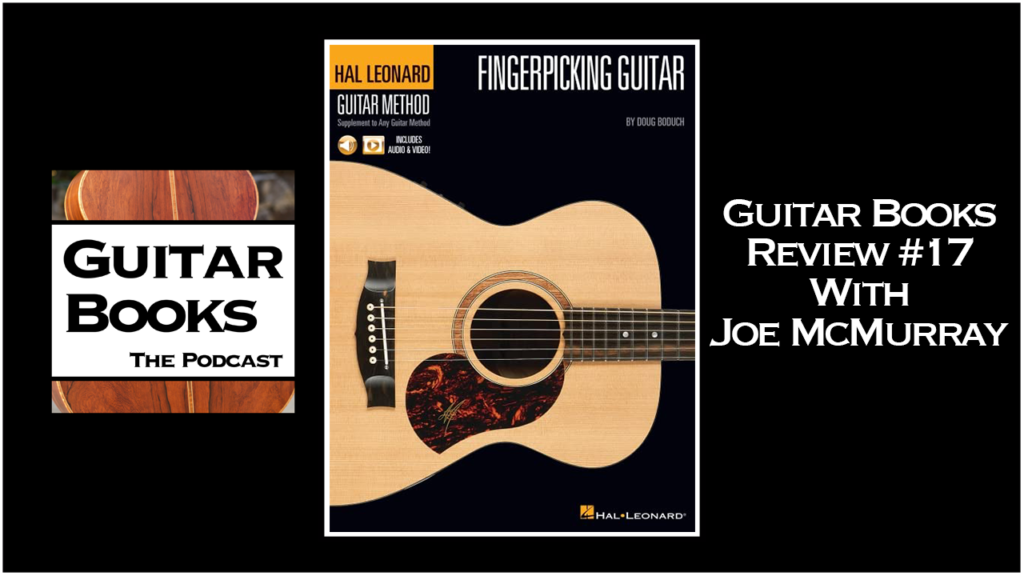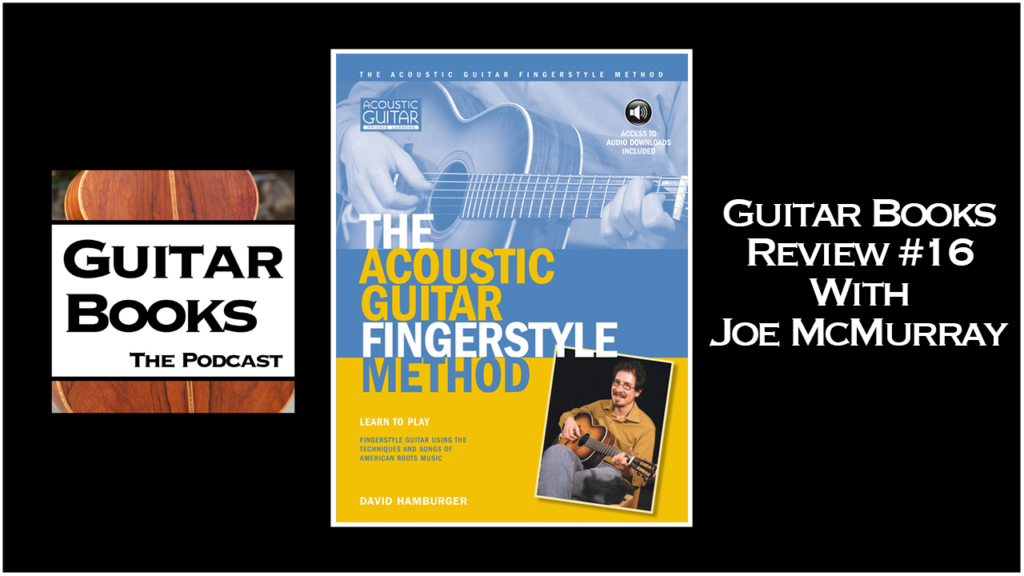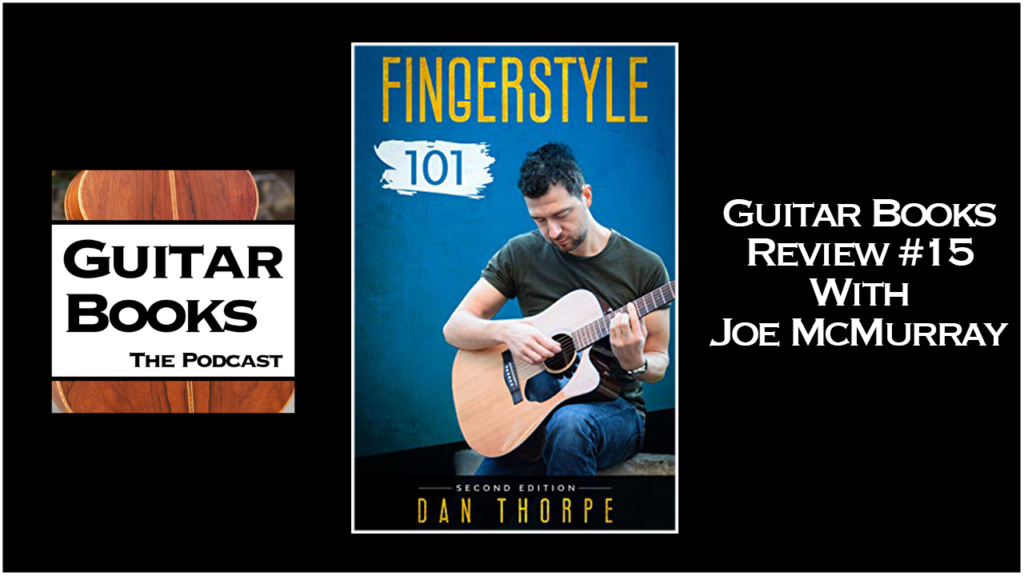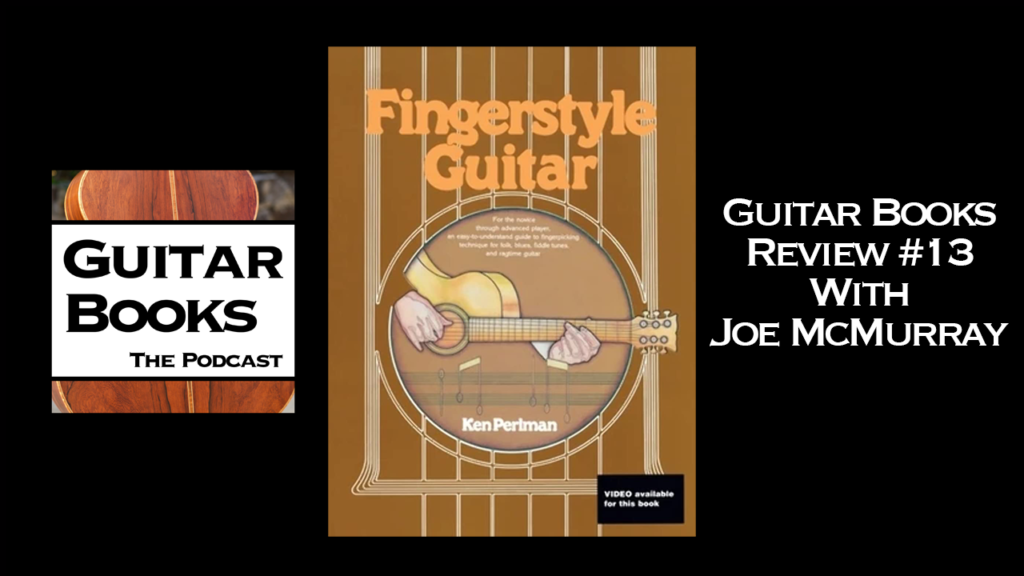Podcast: Play in new window | Download (Duration: 10:48 — 14.9MB) | Embed
Subscribe: Apple Podcasts | RSS | More
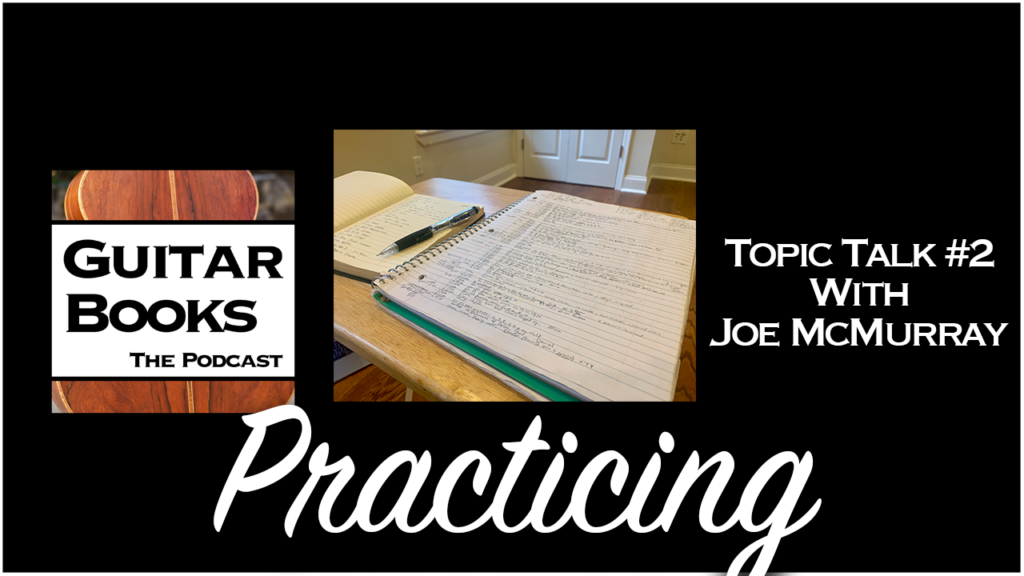
Quick advice, tips, and tricks for improving at fingerstyle guitar, ukulele, etc.
To progress as a musician and achieve your long-term and short-term goals, it is important to practice well. Practicing efficiently and effectively will help you to improve faster with less practice time. This is relevant not only to fingerstyle guitarists and fingerstyle ukulele players, but to all aspiring musicians regardless of their chosen instrument or genre of music.
Think about what your long-term and short-term goals are, and then create a practice plan that will help you achieve those goals. You can be extremely specific and schedule your time down to the minute.
Example:
Long term goal: perform a local fingerstyle guitar gig a year from now.
Short term goal: memorize and master one repertoire tune in the next month.
Very short term goal: memorize and master the verse of that repertoire tune in the upcoming week.
Available practice time: you can fit in three 20-minute practice sessions each week.
Monday and Friday practice sessions could each consist of:
-2 minutes warmup routine
-10 minutes working on one line of the verse of your new repertoire song
-8 minutes repertoire review (other tunes that you have been preparing for your performance next year)
Wednesday practice session could consist of:
-1 minute warmup routine
-10 minutes method/technique book
-5 minutes working on one line of the verse of your new repertoire song
4 minutes repertoire review (other tunes that you have been preparing for your performance next year)
Your goals will continually change and your practice schedules must adjust as well.
You can learn to play music by simultaneously using a variety of resources including teachers, online resources, and books.
My eBook: Arranging for Fingerstyle Guitar: go to http://joemcmurray.com/checkout/ to purchase a pdf of my eBook. Learning to arrange melodies will also help your fingerstyle songwriting and your understanding of the inner workings of fingerstyle guitar.
My music is available on all streaming platforms – links on my Linktree page: linktr.ee/joemcmurray
Pins on the Map: my third fingerstyle guitar album was released on January 19, 2024. Watch the first single, “Open Road,” on YouTube here: https://youtu.be/uPBh8sZQsT4?si=EM_wAwnHFqU1VC9C.
Riding the Wave and Acoustic Oasis: my first two fingerstyle guitar albums.
